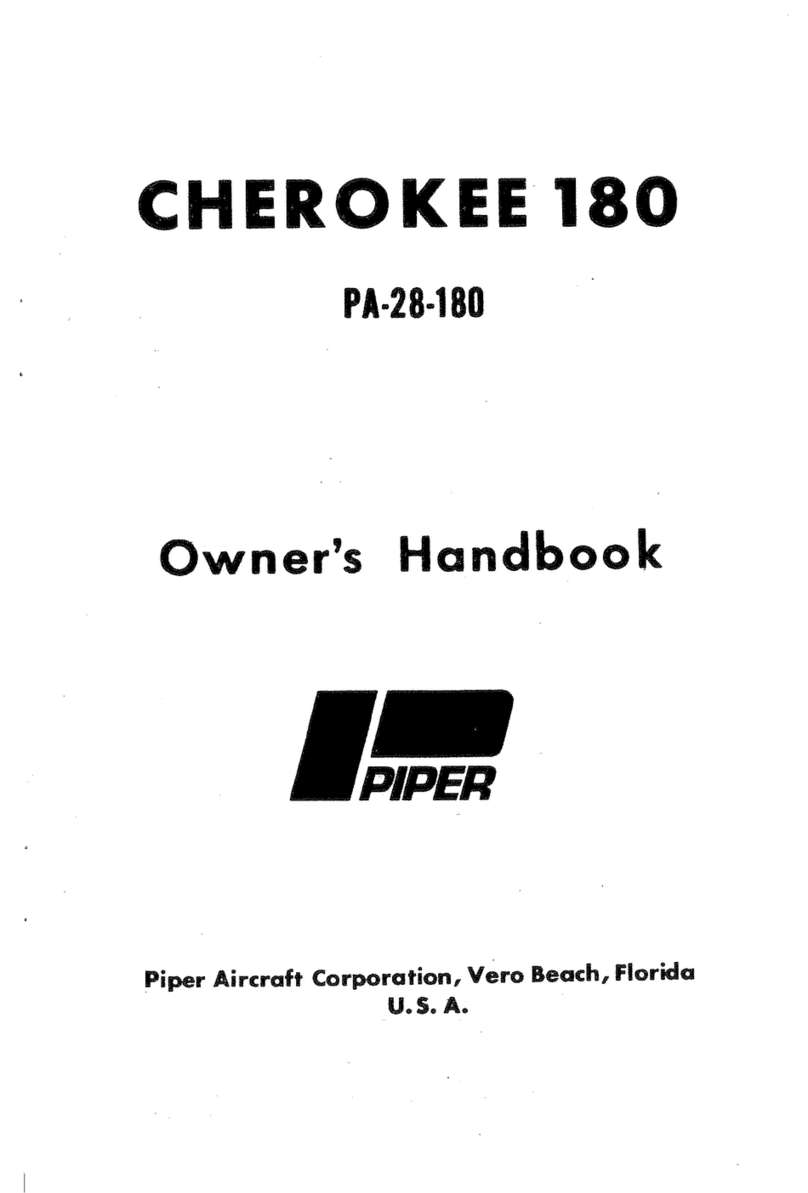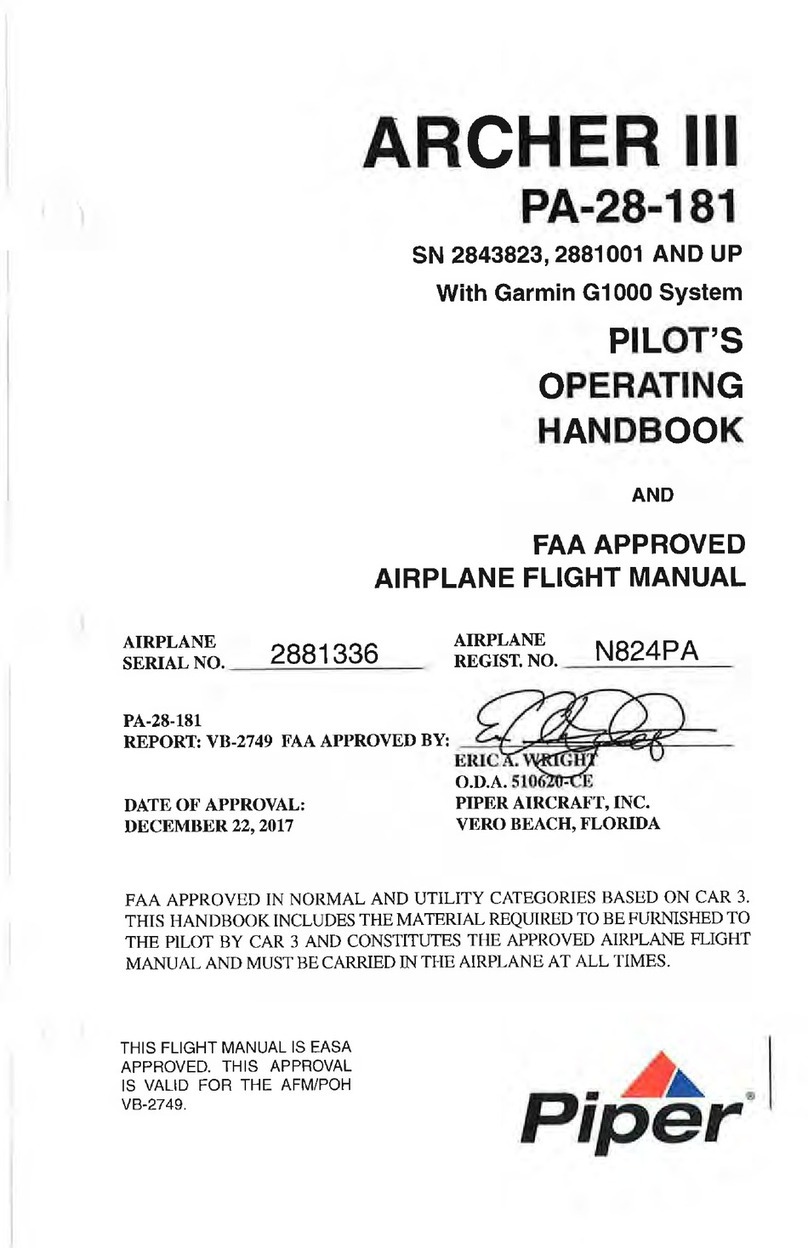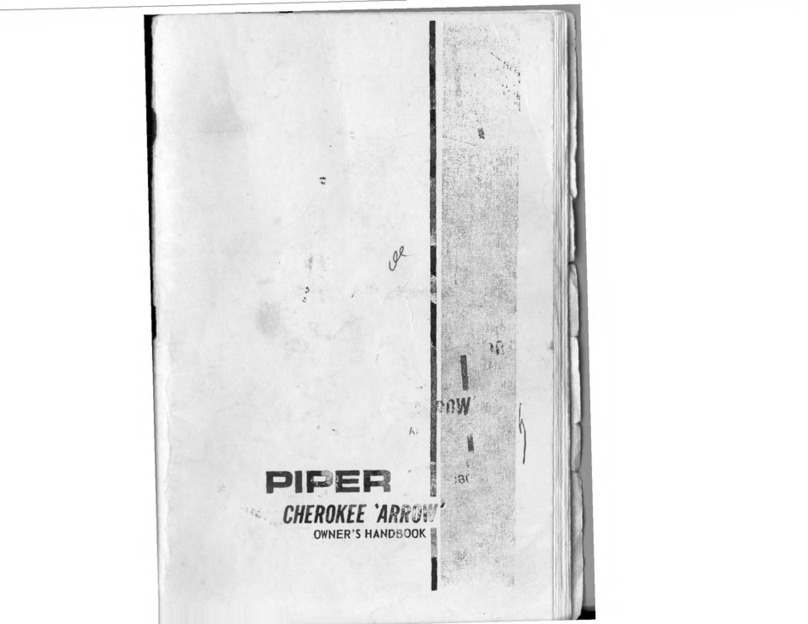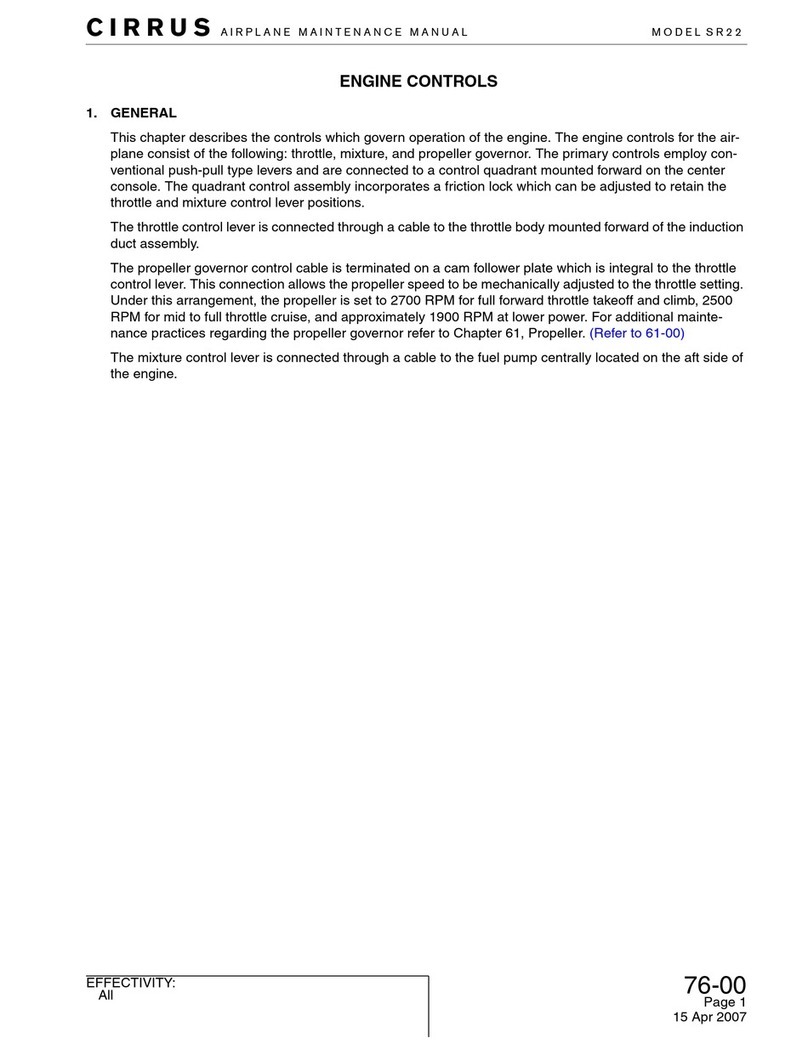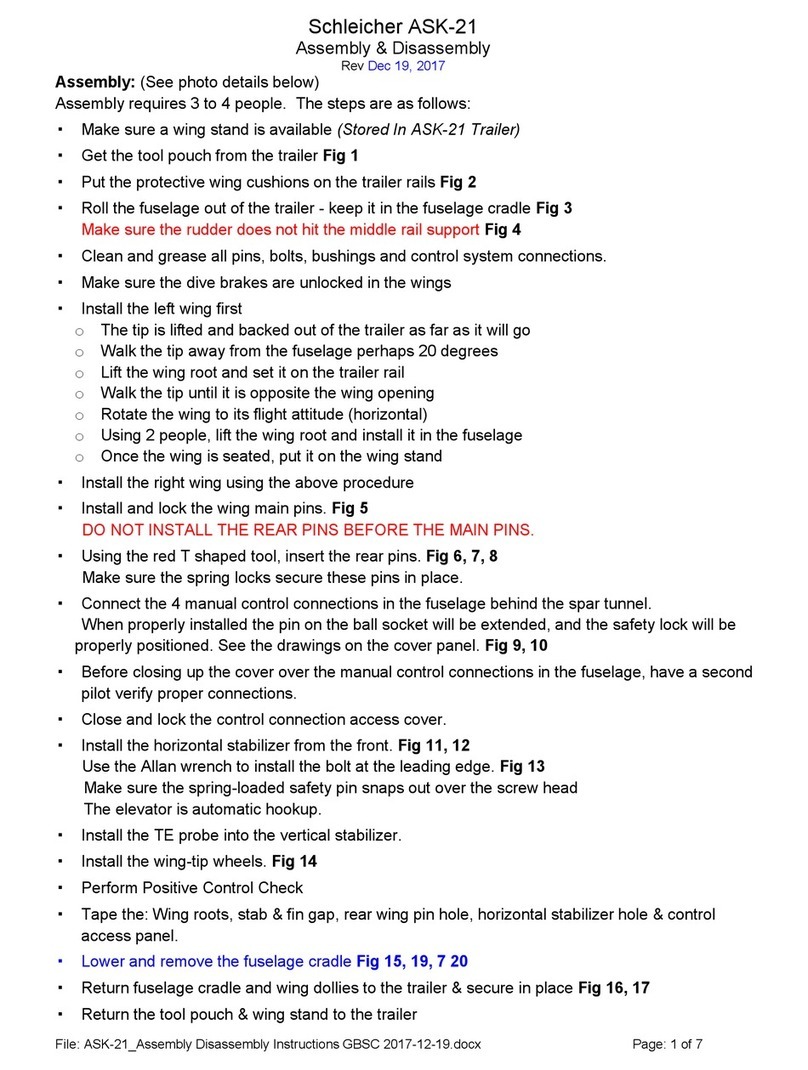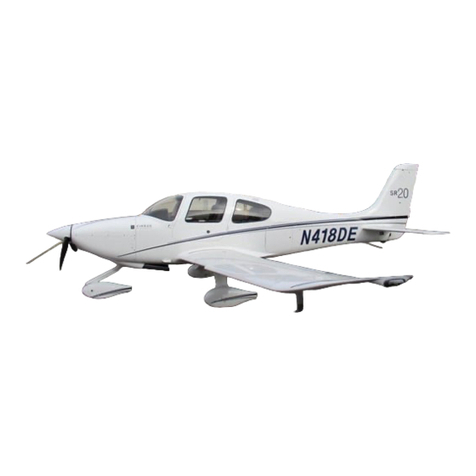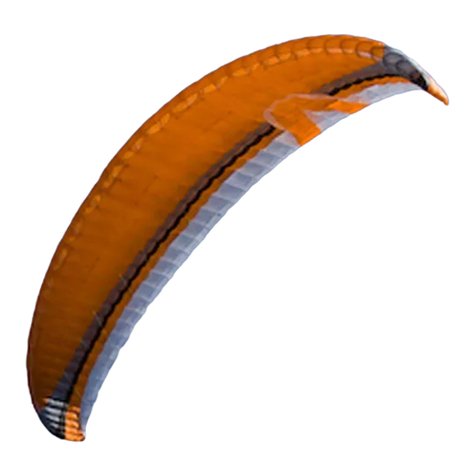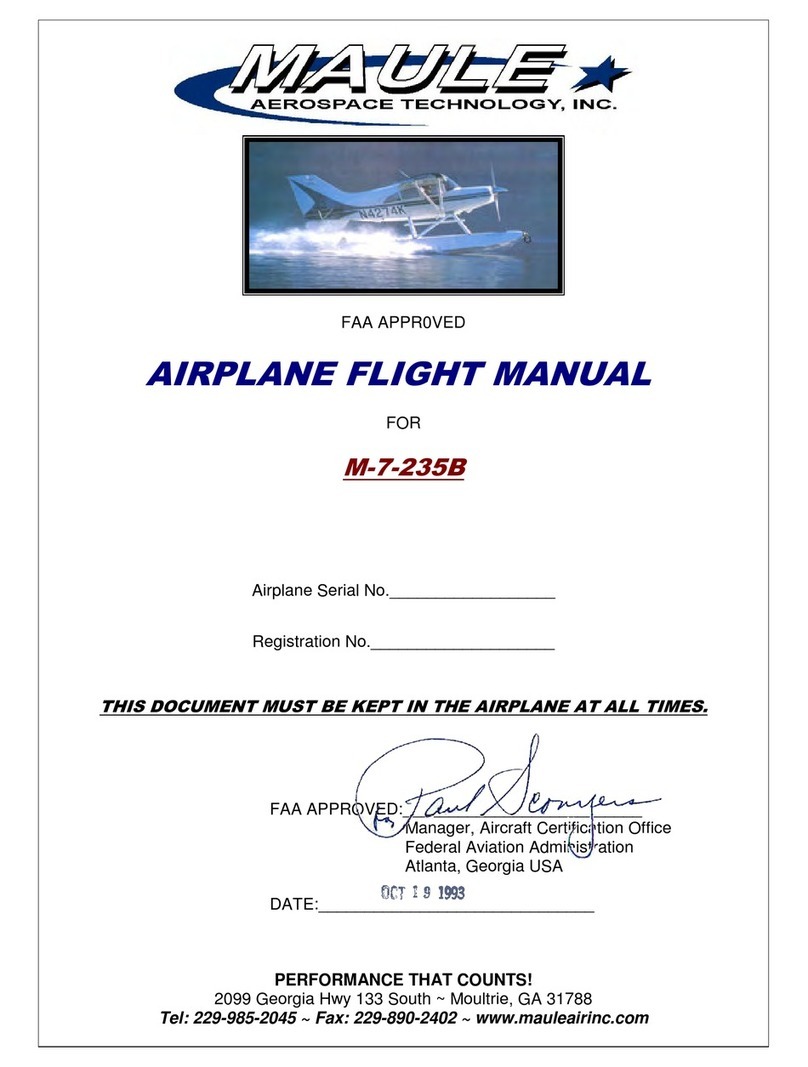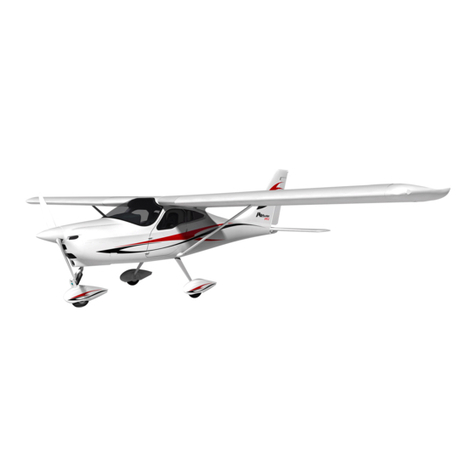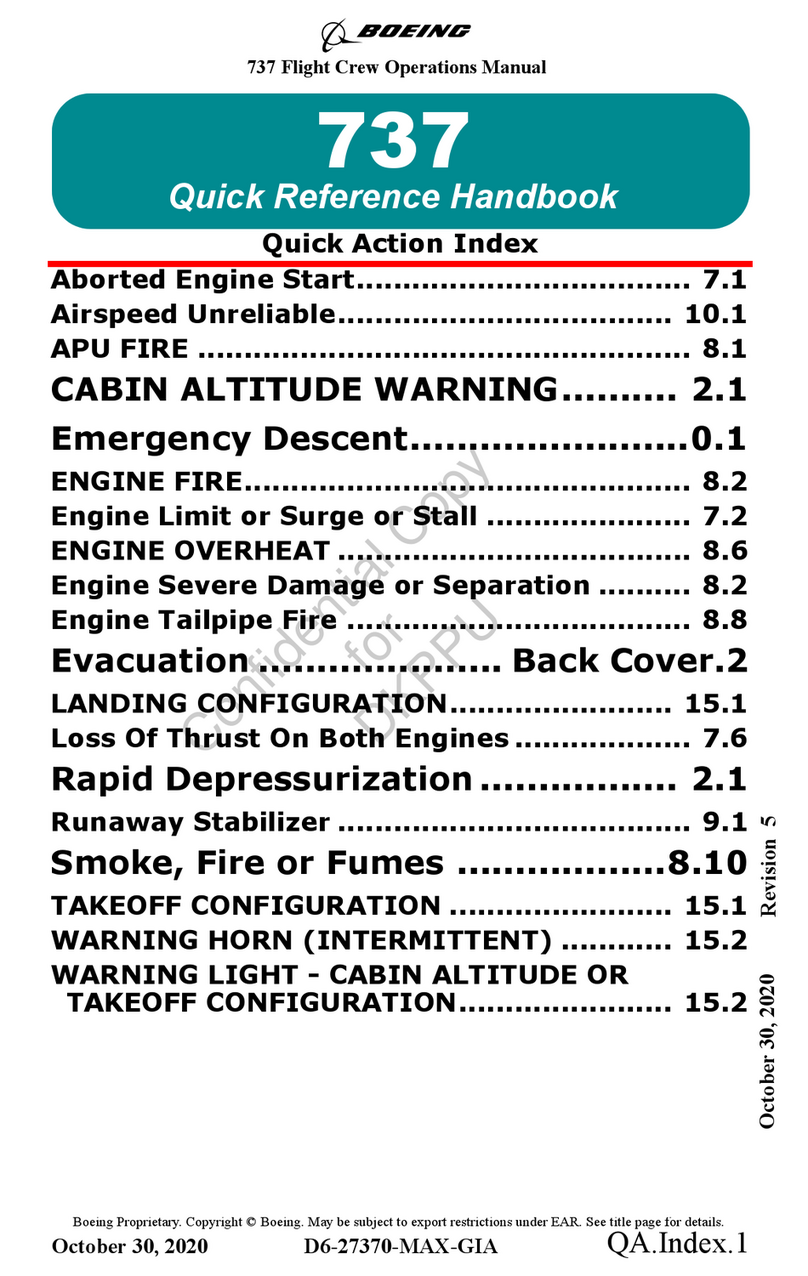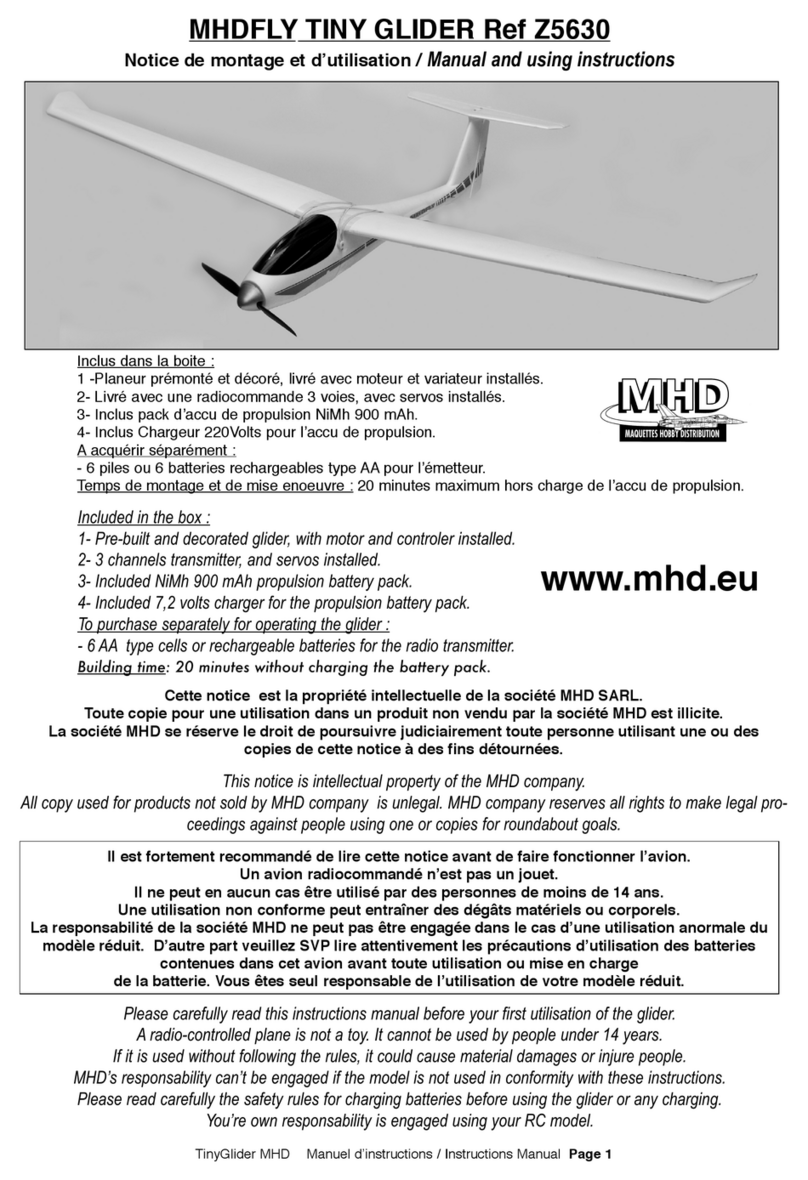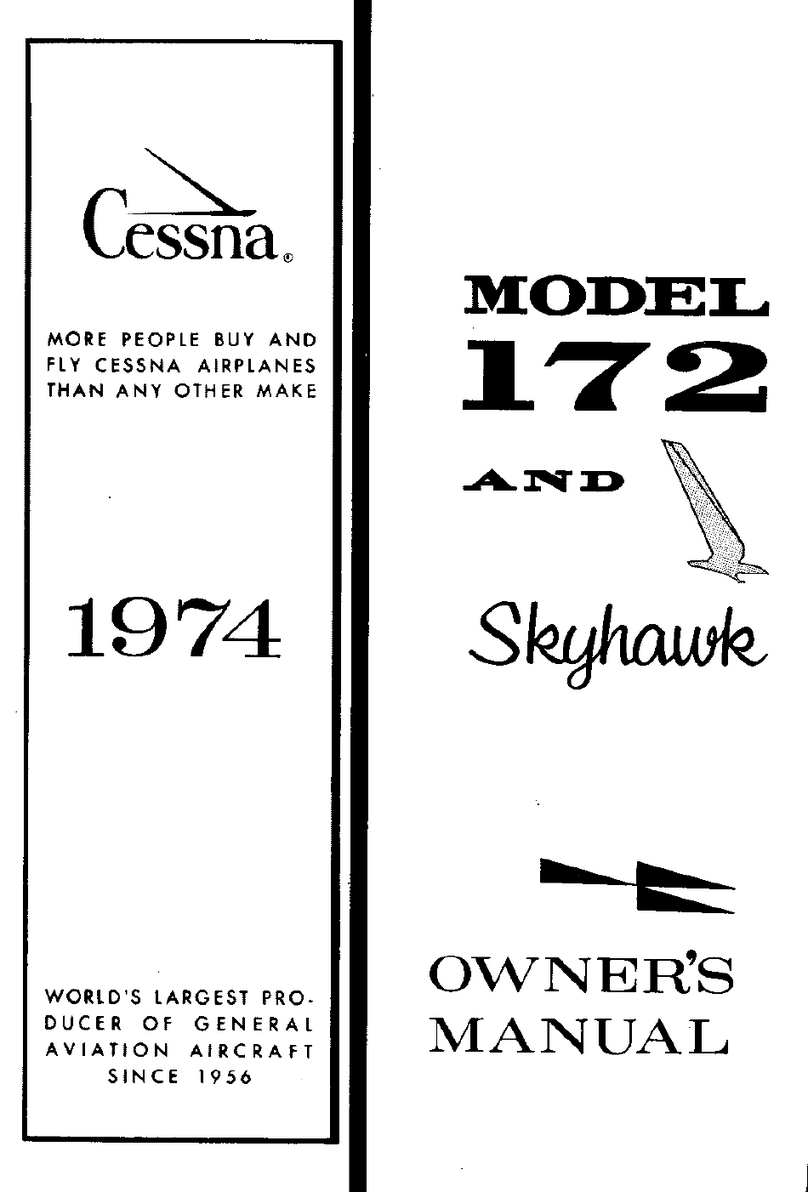Piper CHEROKEE CRUISER PA-28-140 Quick setup guide
Other Piper Aircraft manuals

Piper
Piper Cherokee Archer II Owner's manual

Piper
Piper CHEROKEE 180 E User guide
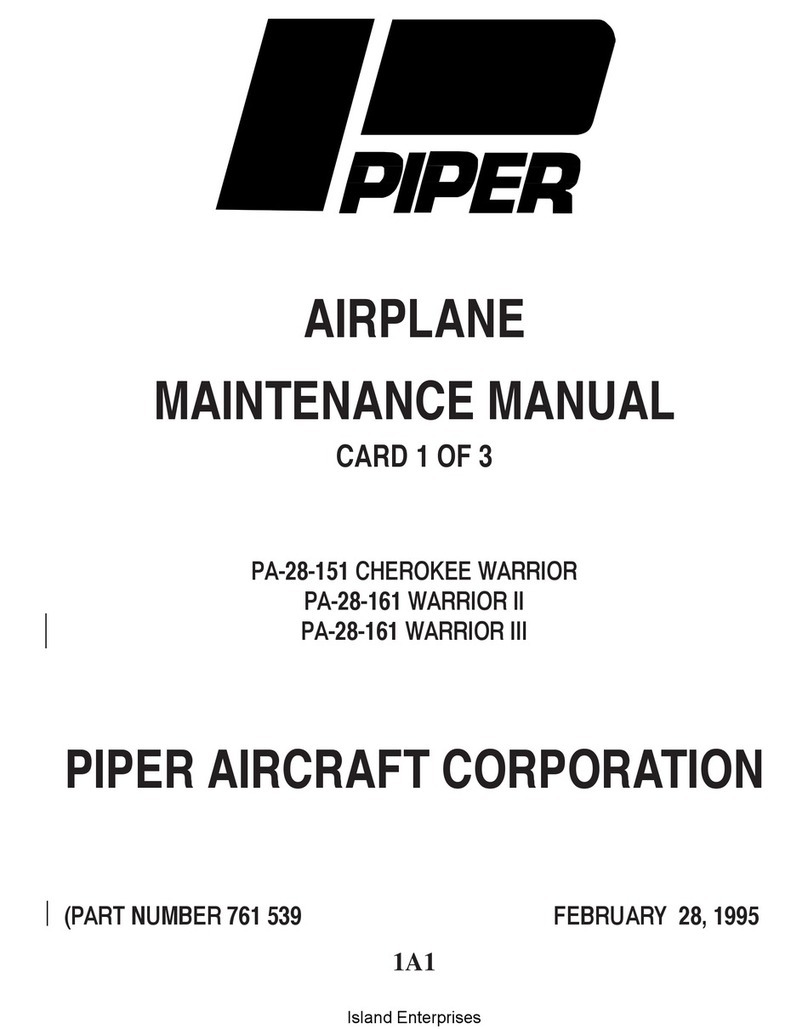
Piper
Piper CHEROKEE WARRIOR PA-28-151 1995 User manual

Piper
Piper Pawnee C User guide

Piper
Piper Cherokee Archer II Owner's manual

Piper
Piper SEMINOLE PA-44-180 Quick setup guide

Piper
Piper COMANCHE User guide
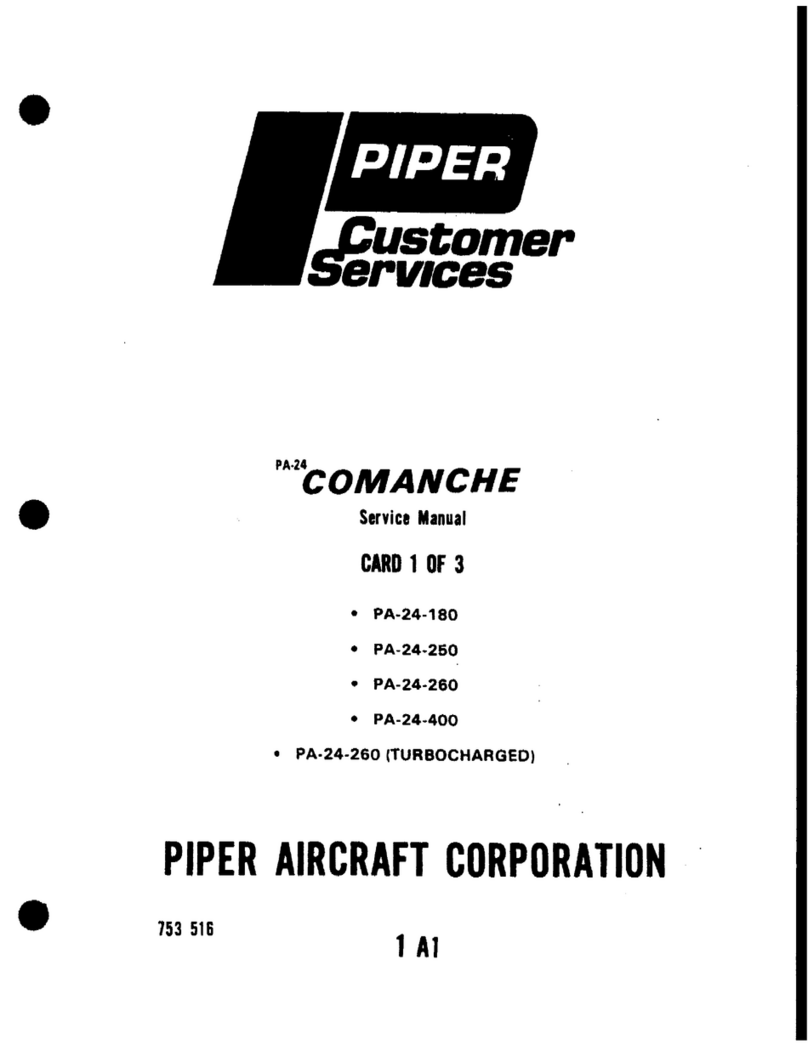
Piper
Piper PA-24 Comanche User manual

Piper
Piper PA-28-180 Technical specifications
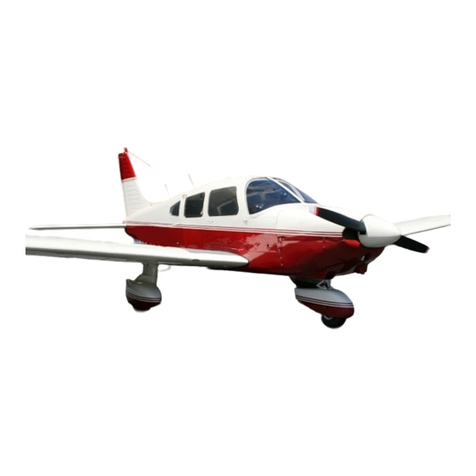
Piper
Piper Cherokee Archer II User manual
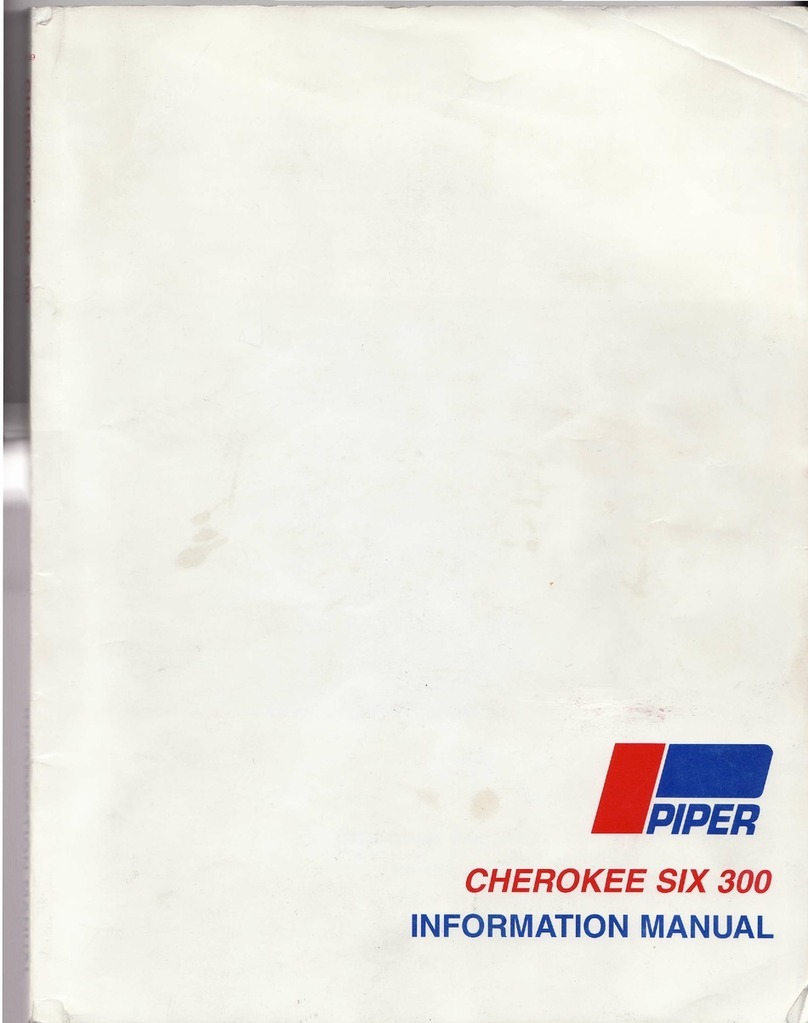
Piper
Piper Cherokee SIX 300 Quick setup guide
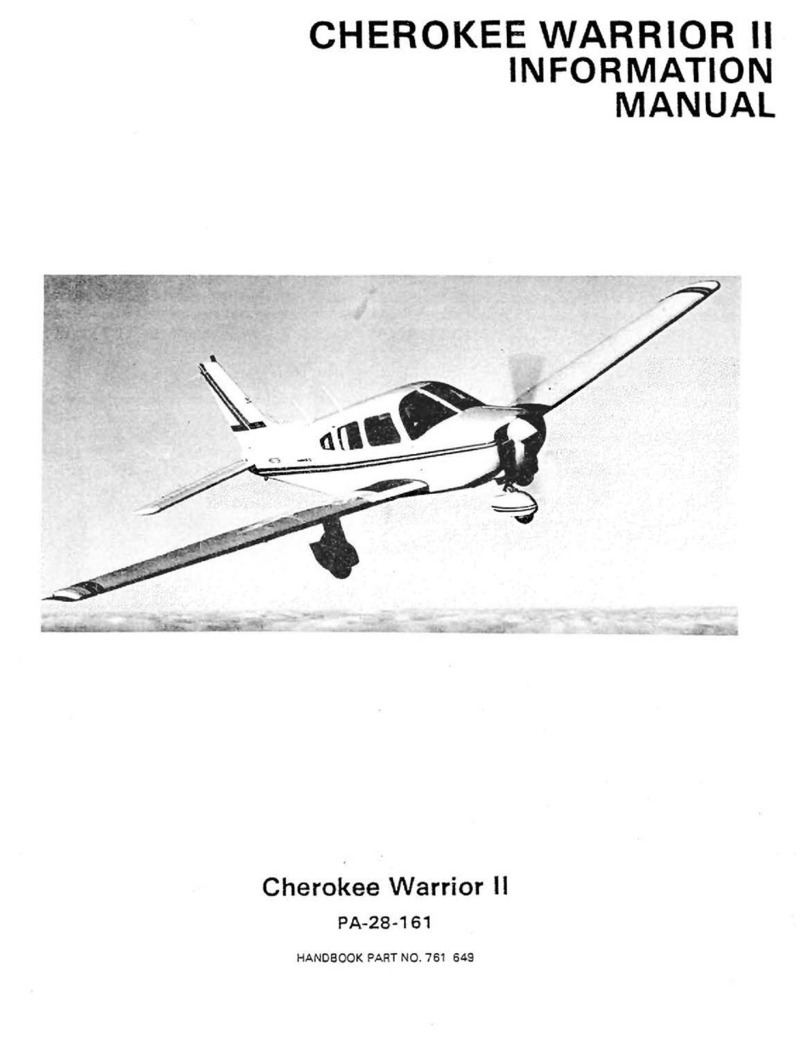
Piper
Piper CHEROKEE WARRIOR II Quick setup guide
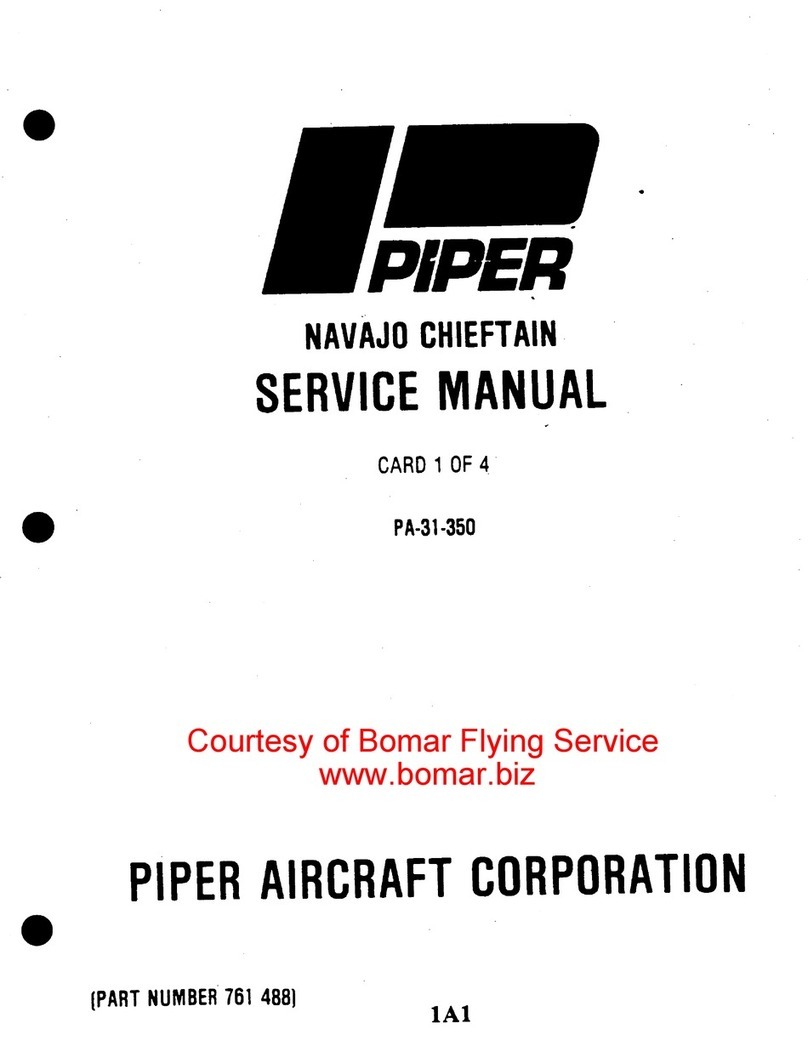
Piper
Piper Navajo Chieftain PA-31-350 User manual

Piper
Piper Super-Cub PA-18A-150 Installation guide
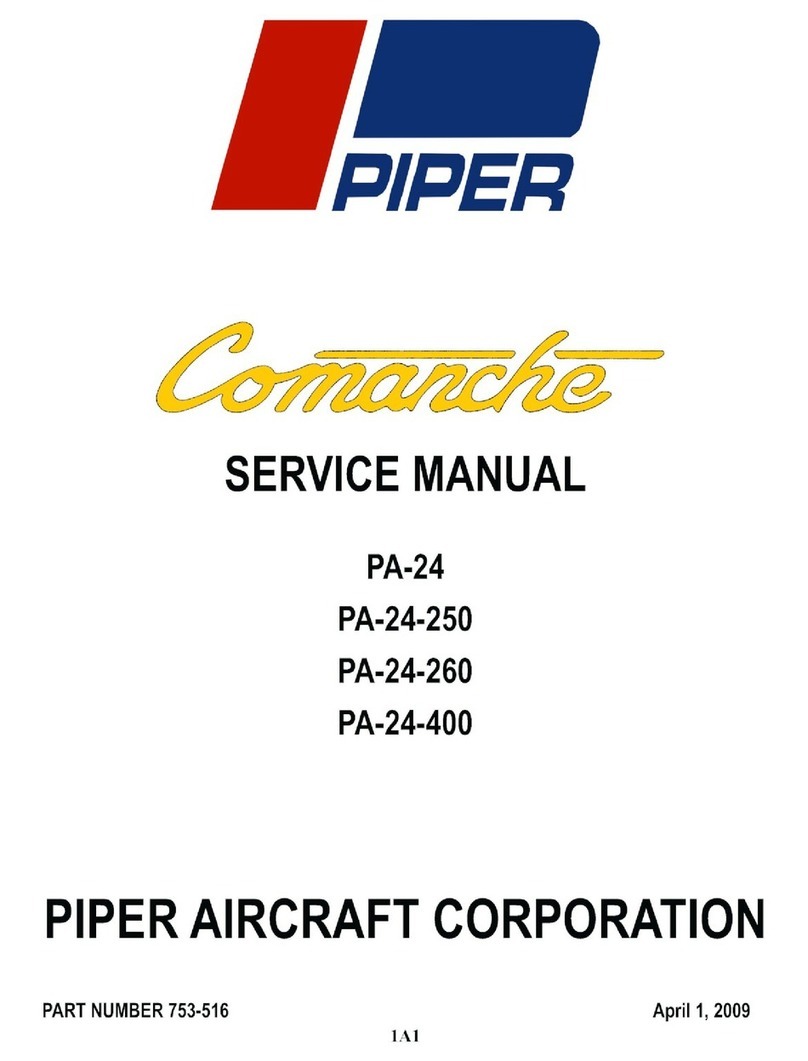
Piper
Piper PA-24 Comanche User manual
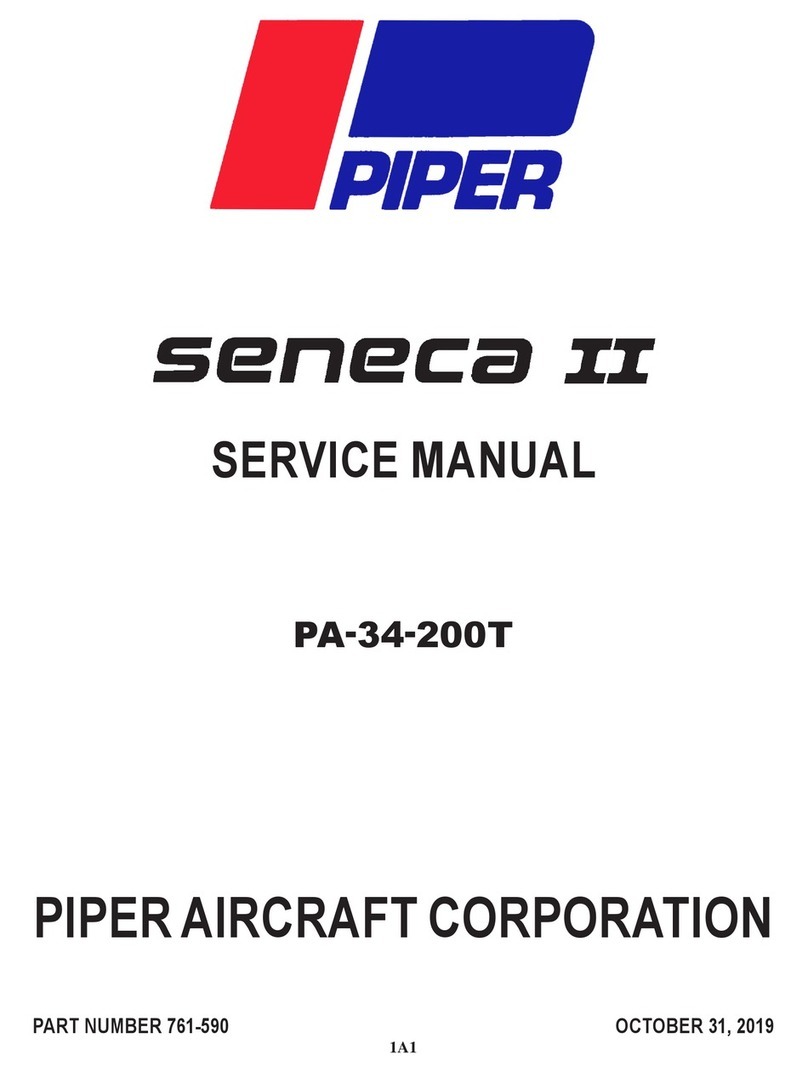
Piper
Piper SENECA II User manual

Piper
Piper Turbo Saratoga PA-32-301T Manual

Piper
Piper Navajo Chieftain PA-31-350 User manual
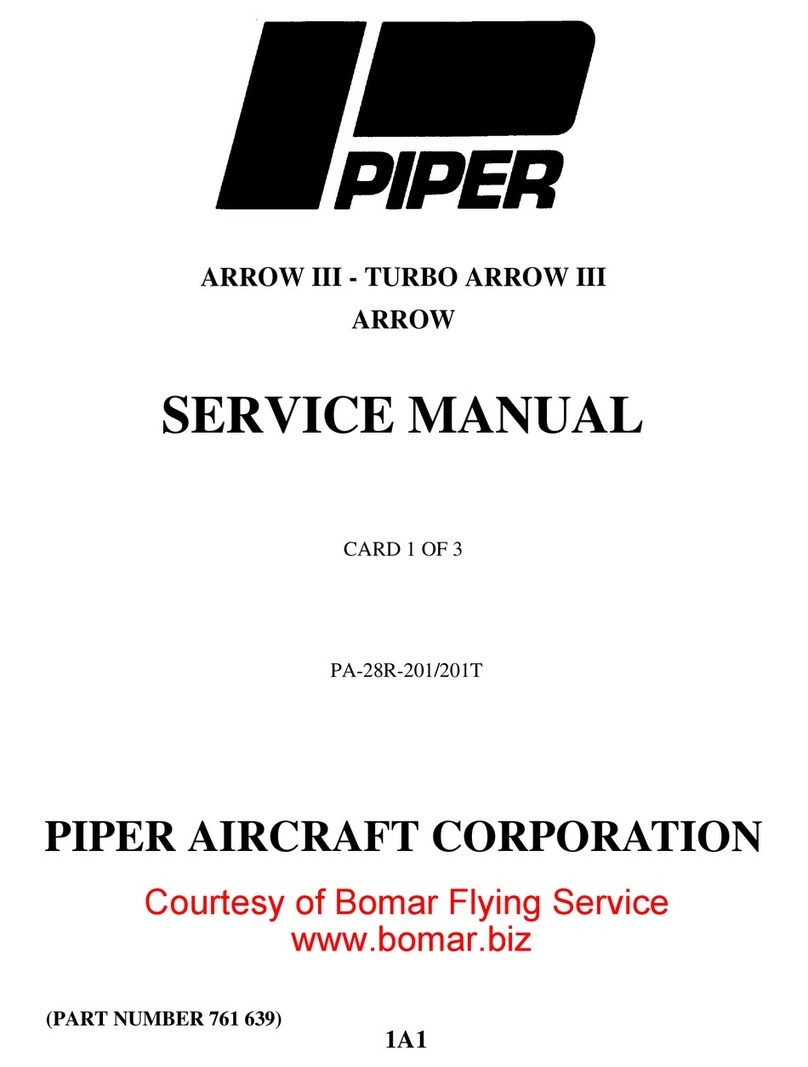
Piper
Piper ARROW III User manual
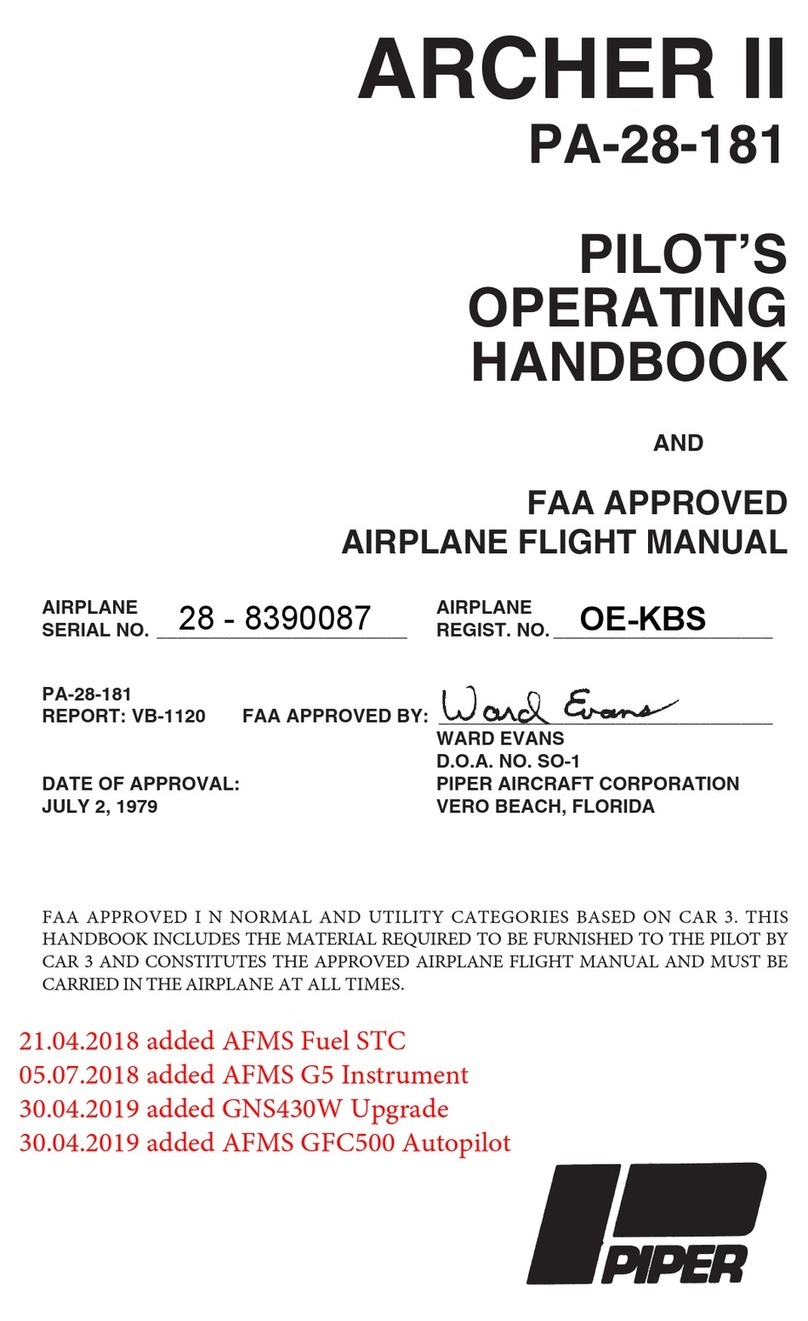
Piper
Piper ARCHER II Owner's manual

